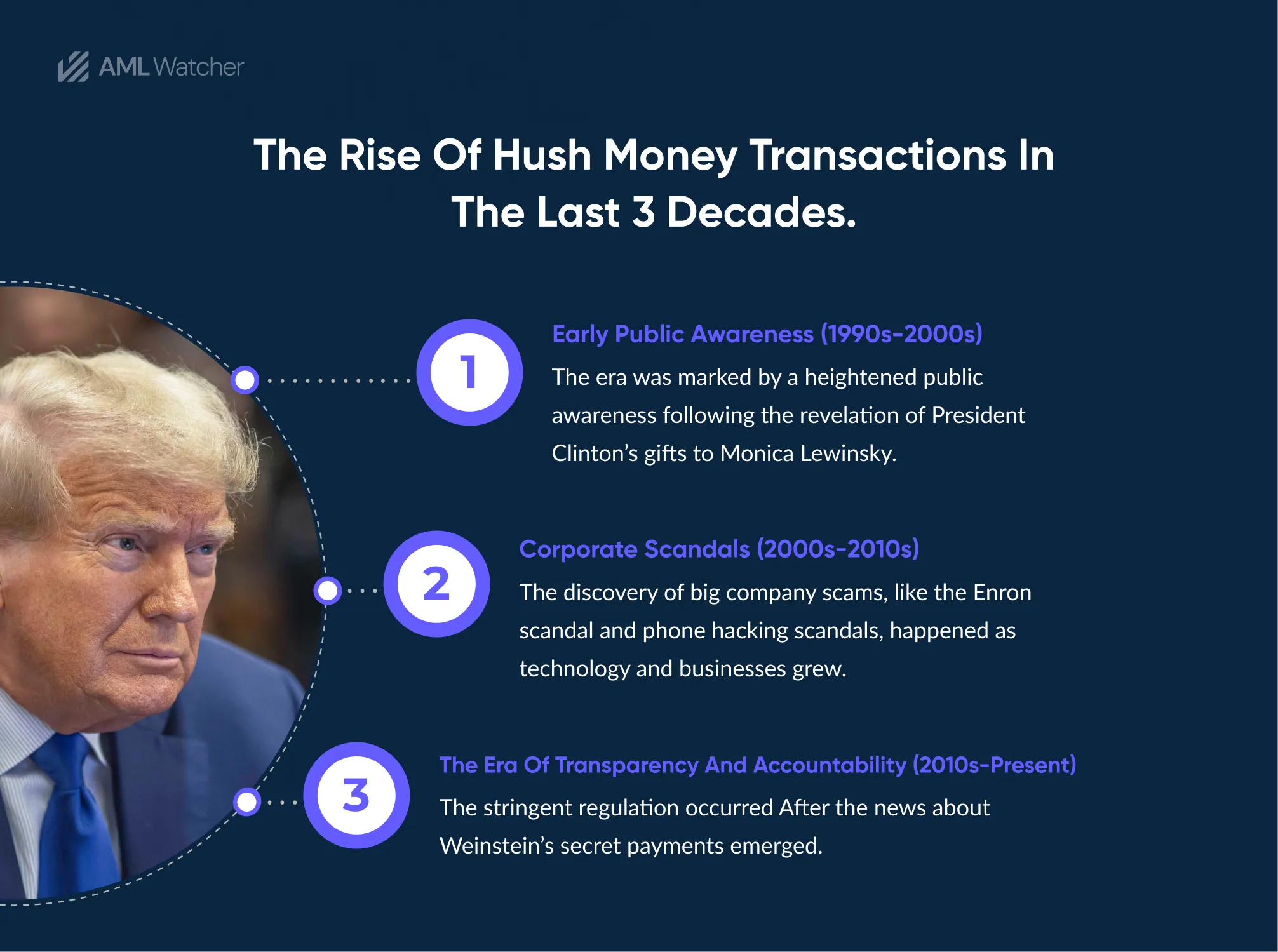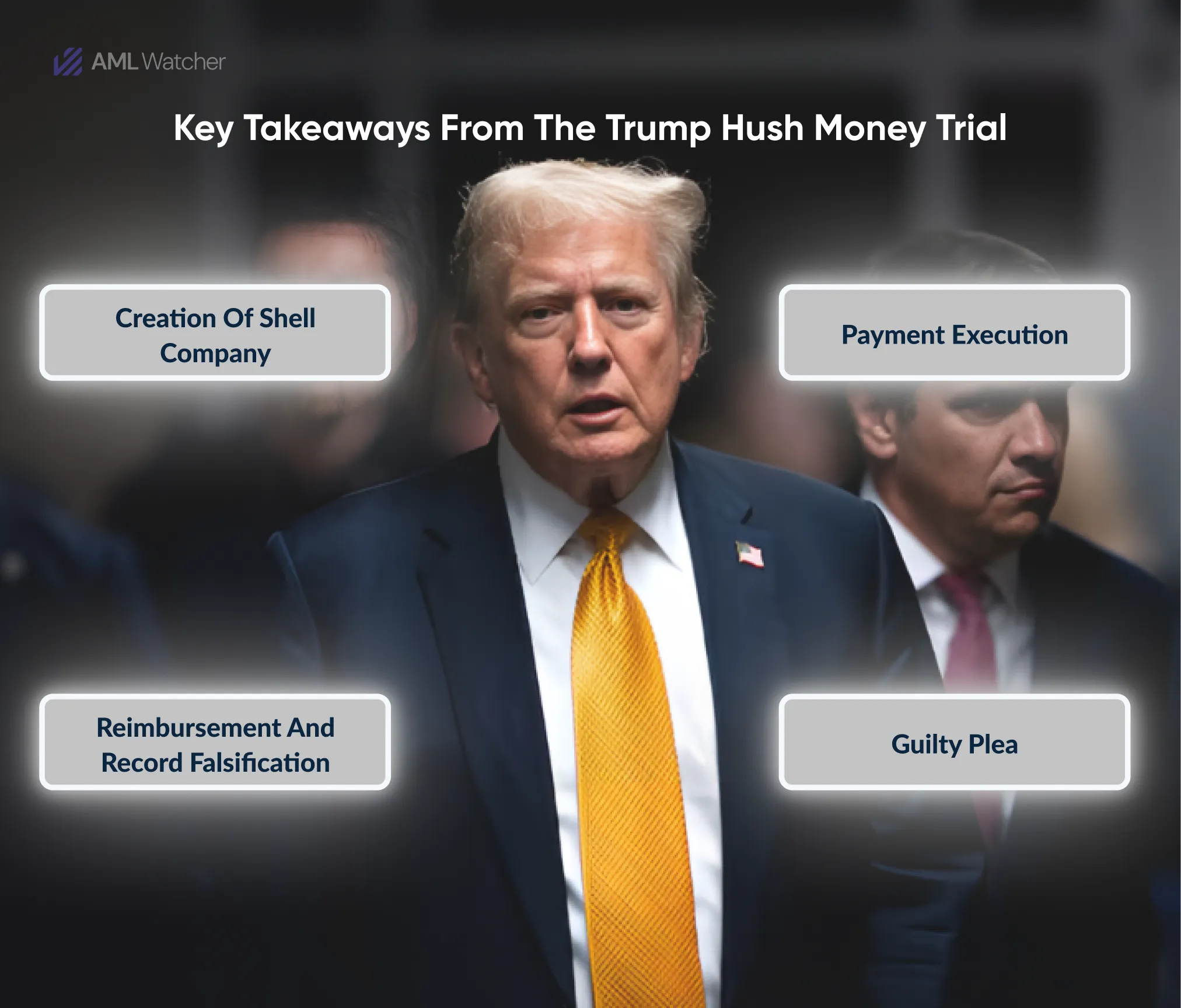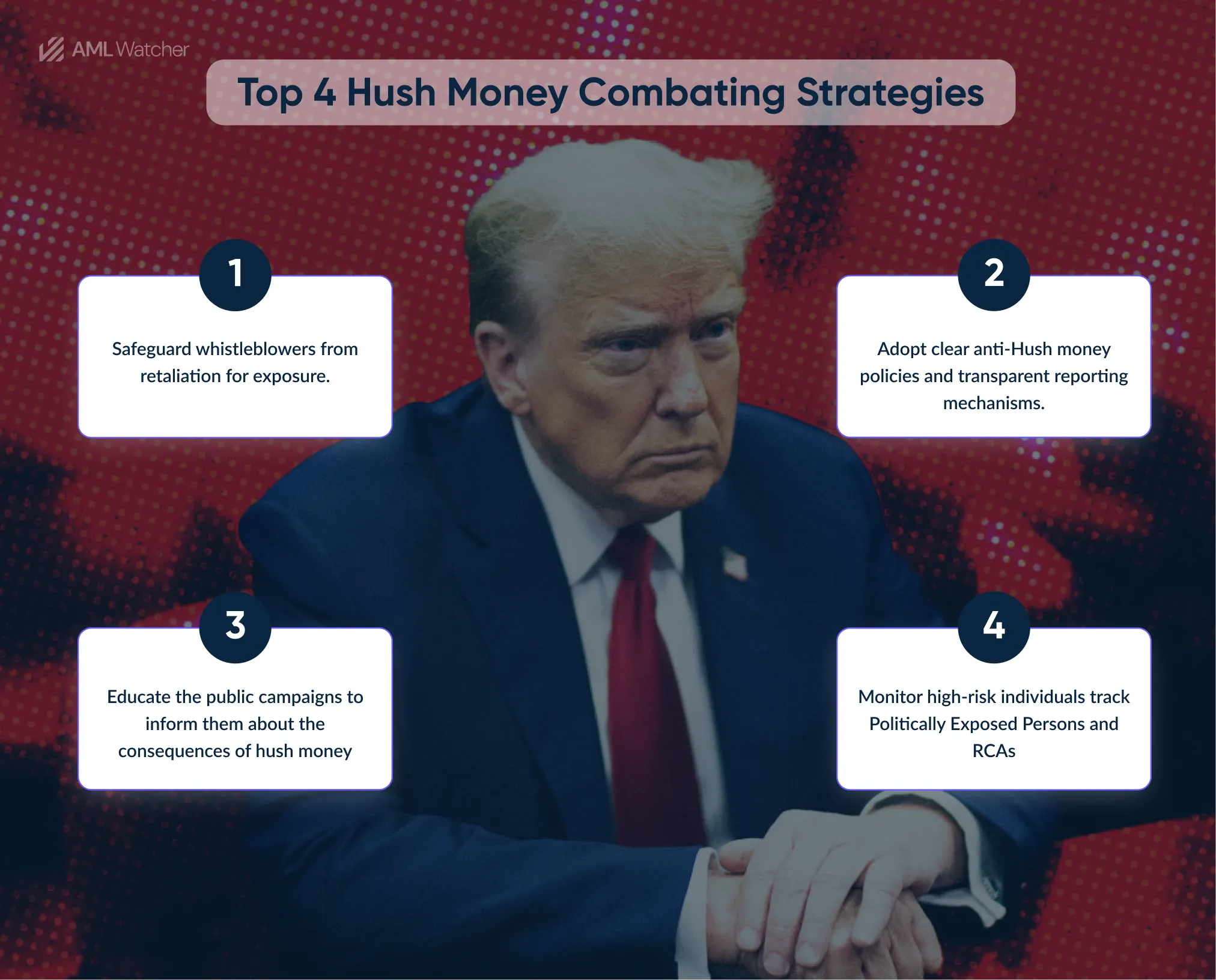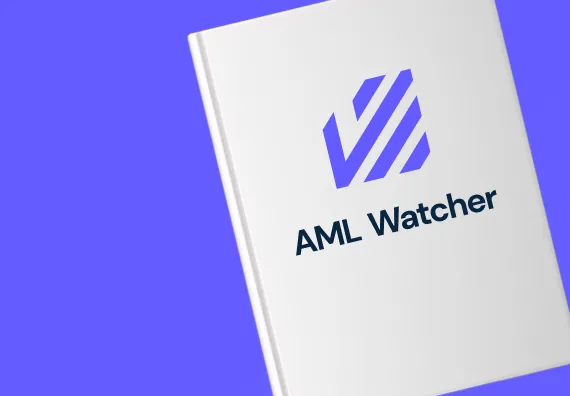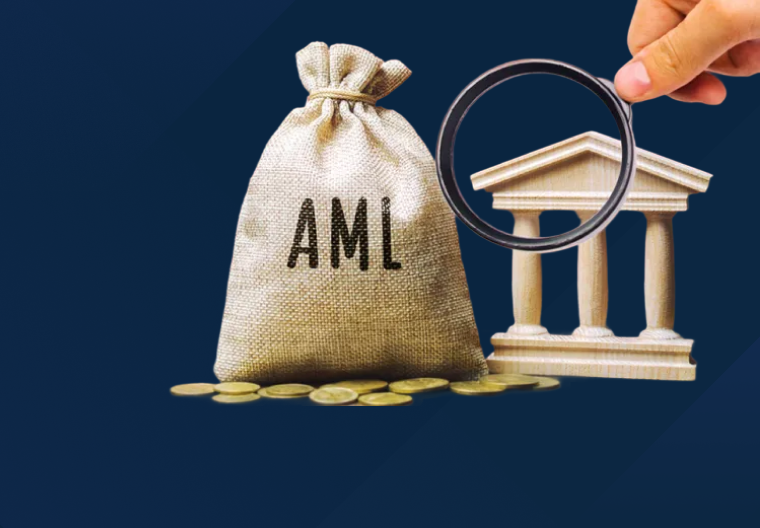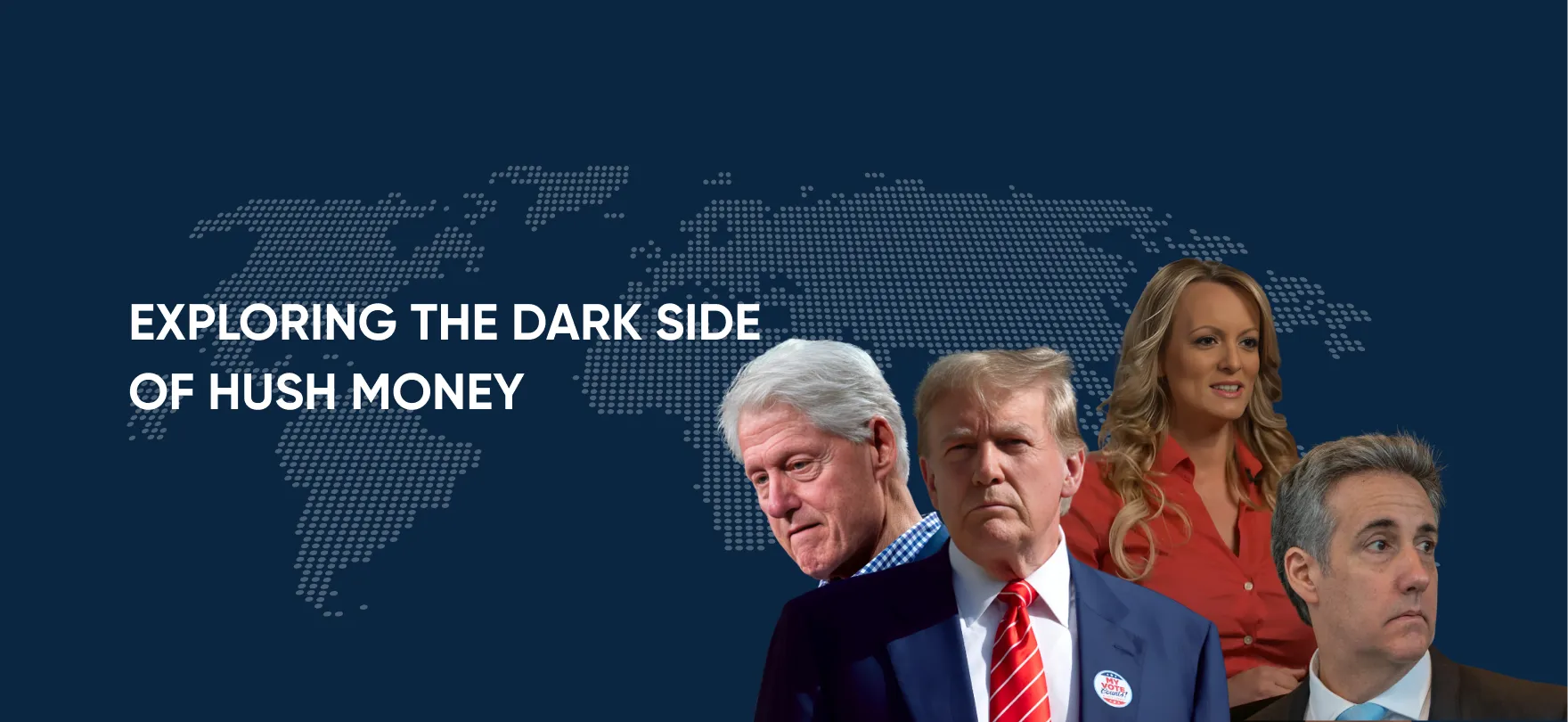
Exploring the Dark Side of Hush Money
Have you ever wondered how the silence of one can steer a nation toward ruin?
This is how country elites hide their wrongdoings.
By paying money to someone who knows the truth, criminals fuel corruption and conceal scandals of powerful corporations, murderers, money launderers, human traffickers, political figures, and their relatives and close associates.
Hush money, a term often shrouded in secrecy and controversy, refers to payments made to ensure the silence of individuals who possess potentially damaging information.
In short, hush money meaning refers to money paid with the intent to conceal information about money laundering.
Hush money payments and practice can be found in various sectors, from politics to corporate boardrooms, media outlets, and even personal affairs.
Is hush money against the law? Of course not.
However, making a transaction with someone to conceal the information to avoid detection and legal action, using shell company, and colloquial ways makes the concealing process is suspicious.
Making suspicious payments is a criminal tactic and a barrier against the millions of dollars in corruption, bribery, money laundering, and human abuses in public areas.
Want to explore more about what is hush money? How it help criminals commit crimes without fear of detection?
This writing reveals the critical aspects of hush money, from its evolution to real-life examples and well-defined strategies to detect and combat hush payments.
Moreover, it can help answer the most raised concern around is hush money legal?
Are PEPs and RCAs Only Ones Involved in Hush Money Payments?
Hush Money, at its core, represents the covert art of silencing someone through financial means.
Much like the Hollywood thriller series writer John le Carré novels, which exposes the advanced laundering techniques and how it helps them commit crimes more efficiently.
Paying illegally obtained money isn’t merely to silence someone; such transactions allow criminals to hide their committed crimes and prosecute them.
Has it ever made you curious to know who these culprits are?
Real-life examples have shown that PEPs and RCAs are the more prominent individuals involved in hush money transactions.
Avoiding detection of their corruption, bribery, abuse of power, reputational damage, and paying to hide information to sabotage the election outcomes increases the chances of their involvement in hush crimes.
Hush Money Examples and Evolution During 1990–2024
Hush money has its roots in the early 19th century when industrialization and urbanization rapidly changed our social structure.
However, it gained public attention with the Watergate scandal, which was the first hush money-related case in the modern era.
Consider the moment when the then president of the United States, Nixon, secretly recorded his political opponents meeting by paying out nearly $450,000 to conceal the truth.
All in a calculated move to silence the burglars, he abused the President’s power, bugged his political opponents, and sabotaged the electoral process.
Evolution of Hush money Transactions over the last three decades
Phase-1 Early Public Awareness (1990s-2000s)
Visualize president Bill Clinton giving costly gifts to his girlfriend Monica Lewinsky for concealing their affairs information in 1998, but it caught public attention as it erupted in the media.
Knowing how powerful individuals can use the payments to secure silence, avoid legal action, and avoid damaging their reputations brought hush money deals into the public lexicon.
Phase-2 Corporate Scandals (2000s-2010s)
This era has seen a huge rise in hush money transactions.
Powerful individuals have paid millions to hide a company’s financial loss or settle hacking cases.
The Enron bankruptcy case, which saw massive hidden transactions, led to significant regulatory changes.
Such a scandal resulted in the emergence of the Sarbanes Oxley Act, which made the corporate transaction process more accurate and accountable.
Phase-3 The Era of Transparency and Accountability(2010s-present)
Entering the 2010s, the #MeToo movement and cases like Weinstein’s exposed hush money in a digital age demanding transparency.
Today, rigorous scrutiny and social accountability challenge these silencing tactics, reshaping legal and ethical landscapes, as increased public awareness and stricter regulations make it harder to conceal illicit activities.
The Real-Life Case of Donald Trump and the $130,000 Hush Money Scandal
One prominent example of hush money revolves around renowned PEP Donald Trump. Let’s get into exploring what are the charges in this hush money case?
Given the New York jury verdict in the hush money trial case against former President Donald Trump on nearly three dozen felony charges, one might wonder how hush money payments can be used to manipulate information and influence electoral outcomes and how long will hush money trial last?
It all started when Trump had to make a 130,000 dollar hush money transaction through his lawyer, Micheal Cohen, to Conceal his 10-year affair with the adult film star Stormy Daniels.
The ultimate purpose of such payment was to influence the presidential election results. Which he ultimately won in 2016.
The scandal highlights significant ethical and legal issues surrounding campaign finance and political corruption.
Highlights and Key Takeaways from the Trial
- The Creation of the Shell Company: Acceptance of Micheal Cohen during the case trial, in which he established Essential Consultants LLC to facilitate the payment and obscure the money trail, putting a stamp on potentially making the illegal transactions. The creation of shell companies always raises eyebrows about laundering and other financial crimes.
- Execution of the Payment: $130,000 was transferred to Stormy Daniels from the shell company, and Daniels signed an NDA to keep the affair confidential to protect the personal matters of a PEP (trump) that involve legal activities.
- Reimbursement and Falsification of Records: Instead of making the transaction public or passing it through the legal channels, the Trump Organization reimbursed Cohen for the payment, falsely categorizing it as legal expenses.
- Legal Admissions and Guilty Plea: In August 2018, Michael Cohen pleaded guilty to multiple charges, including campaign finance violations. The acceptance of Michael Cohen further strengthens the case that the payment was made at Trump’s direction to influence the election.
“Financial transactions that aim to conceal the truth, such as hush money payments, often indicate underlying illicit activities. Vigilance and strict compliance with AML and anti-corruption regulations are crucial in identifying and addressing these transactions.“
Role of investigative journalism in hush money payments.
Exposing someone’s hidden crimes becomes even more easier for journalists when investigators successfully get access to whistleblowers.
International Database leaks from investigative journalism are prime examples of exposing Elite Class financial crimes.
The Success Story of Investigative Journalism
The Harvey Weinstein scandal highlights how investigative journalism can bring even the richest Hollywood director to his knees.
Reporters from The New York Times conducted thorough investigations into allegations of sexual misconduct by Weinstein.
Their reports exposed that Weinstein had used hush money and non-disclosure agreements to silence numerous victims over the years.
Here’s a detailed video explaining timeline of the events
This exposure not only led to Weinstein’s conviction but also ignited the global #MeToo movement, encouraging countless others to speak out against sexual harassment and abuse.
Is there any regulation about Hush Money Transactions?
Countries like the U.S.A and UK do not let any crime go unchecked and when it involves financial crime, regulations get even more stricter for the criminals.
Here are some key regulations that directly or indirectly address the hush money transactions.
- Tax Cuts and Jobs Act (2017)
The section 162 (q) ,enacted under the Tax Cuts and Jobs Act of 2017, highlights hush money transaction made for any settlement related to sexual harassment or sexual abuse. It strongly disallows tax deductions for any settlement or payment.
This directly targets the financial incentives behind using hush money in cases of sexual misconduct, making it more costly for organizations to engage in such practices.
- Employment Rights Act 1996 (Amended by Public Interest Disclosure Act 1998)
The widely known Whistleblower Protections Act ensures the Protection of employees from retaliation if they have the information and report of certain types of wrongdoings, including criminal activities and breaches of legal obligations. This limits the effectiveness of NDAs used as hush money to silence whistleblowers.
- Foreign Corrupt Practices Act (FCPA)
A sentinel standing firm at the crossroads of international business, the FCPA declares with unwavering resolve: Let no bribe pass, let no hush money sway the scales of justice. It demands that companies to maintain accurate books and records and implement internal controls to prevent the concealment of hush money payments.
- Campaign Finance Laws
Violation of Campaign finance laws was the highlighted part of Trump hush money case trail. The verdict states that Hush money payments made to influence an election without proper disclosure.
Top 5 Red Flags of Hush Money
- Unexplained Wealth
In “The Wolf of Wall Street,” the main character, Jordan Belfort, played by Leonardo DiCaprio, suddenly acquire expensive cars, lavish homes, and other luxury items without clear sources of income, depicting his involvement in fraudulent activities and attempts to silence those who could potentially expose his schemes.
Red Flag: Sudden and significant increases in wealth without a legitimate explanation can be a sign of hush money being used to silence individuals or cover up crimes.
- Secret Meetings and Payments
“All the President Men” this film unfolds the real-life drama of the Watergate scandal, where investigative journalism pierced through the veil of secrecy. It tells a tale of how journalists, with keen instincts and unwavering determination, flagged down covert meetings and suspicious meetings. Payments.
Red Flag: Frequent secretive meetings and unexplained financial transactions, especially involving cash or offshore accounts, suggest attempts to conceal hush money payments.
- Non-Disclosure Agreements (NDAs)
“Spotlight,” shows the efforts of a team of investigative journalists who expose the priests of the Catholic Church who had committed sexual abuse against minors over several decades. The investigative team discovered that victims of abuse were often paid off and bound by NDAs to prevent them from speaking out.
Red Flag: The use of NDAs in contexts where there have been allegations of wrongdoing or scandals, especially when victims or witnesses are being silenced.
- Threats and Intimidation:
The Hollywood thriller movie “Erin Brockovich,” Highlights the case of water contamination by Pacific Gas and Electric (PG&E) in the town of Hinkley, California. The company used threats and intimidation to silence the affected residents. And force them to accept hush money settlements to prevent them from exposing the health hazards caused by the contamination.
Red Flag: Instances where individuals report being threatened, blackmailed, or coerced to accept money in exchange for their silence.
- Inconsistent Stories and Denials:
In “The Insider,” the tobacco industry tries to discredit whistleblower Jeffrey Wigand through contradictory stories and public denials, while secretly attempting to silence him.
Red Flag: When involved parties provide inconsistent accounts or outright denials of events that have credible evidence against them.
Top 4 Strategies to combat Hush Money
Identifying the hush money crimes and making strategies to halt them is are noticeable challenges for the corporation and regulatory bodies.
Here are some effective strategies:
- Strengthening Legal Frameworks
As AML compliance program make it obligatory for every financial organization to perform thorough KYC checks for customer identifications. Hush money strategies also need to establish a framework that protect the whistleblowers who expose hush money schemes are safeguard from retaliation.
- Establish comprehensive Corporate Governance
Detecting and combating money laundering is a bigger crime than this and to make the detection process smooth, financial institutions are required to establish robust internal controls and conduct regular audits.
Similar to AML policies that mandate the reporting of suspicious transactions, organizations can adopt clear policies against the use of hush money. Implementing transparent reporting mechanisms for unethical practices can mitigate risks.
- Public Awareness and Advocacy
Imagine every common man in aware of the such criminal activities. as AML initiatives often involve educating the public about the dangers of money laundering and the importance of reporting suspicious activities.
by following the footsteps of public awareness efforts, campaigns can be launched to educate individuals about the consequences of hush money and the importance of transparency and accountability.
- PEP and RCAs Monitoring
Higher chances of Politically Exposed persons and RCA’s involvement in the hush crimes make their monitoring essential. Business and agencies working against hush crimes must apply monitor their transactions and particularly those being made secretly.
AML laws mandate the reporting of suspicious transactions through Suspicious Activity Reports (SARs) to relevant authorities. These reforms are crucial for detecting and preventing money laundering.
How can AML Screening Help Mitigate Hush Risks?
- Know Your Customer (KYC) Procedures
KYC procedures require financial institutions to verify the identity of their clients and understand their financial activities. This can help detect and prevent the use of hush money to conceal illicit activities.
Thorough KYC checks can reveal discrepancies in the client’s profile or unusual financial behavior, prompting further investigation into the sources and purposes of large payments or settlements.
- Suspicious Transactions Monitoring
Monitoring suspicious activities through customized patterns and anomalies can help detect the illicit activities, including hush money payments.
- Enhanced Due Diligence (EDD)
For high-risk clients, including Politically Exposed Persons (PEPs) or those involved in high-stakes litigation, the Enhanced Due Diligence (EDD) procedure helps get involved deeper into the client’s background, financial history, and the nature of transactions. Which makes the hush money transaction quite difficult.
So, what are the charges in Hush money case for non compliannt organization?
The damage your organization can have to pay for noncompliance could be more than you could have imagined if you were being used as a platform for hush money transactions.
By making comprehensive internal controls just like the AML compliance program required, companies can avoid a major portion of hush crimes.
The monitoring process provided by the AML watcher uses comprehensive and updated databases that help you to detect the suspicious transaction, including hush money Payments to whistle-blowers from PEPs and RCAs that could potentially lead to the money laundering and other financial crimes.
The comprehensive monitoring and screening strategy works well for financial organizations. Don’t wait to get any hush money transaction undetected with AML Watcher’s advanced software solution.
We are here to consult you
Switch to AML Watcher today and reduce your current AML cost by 50% - no questions asked.
- Find right product and pricing for your business
- Get your current solution provider audit & minimise your changeover risk
- Gain expert insights with quick response time to your queries
